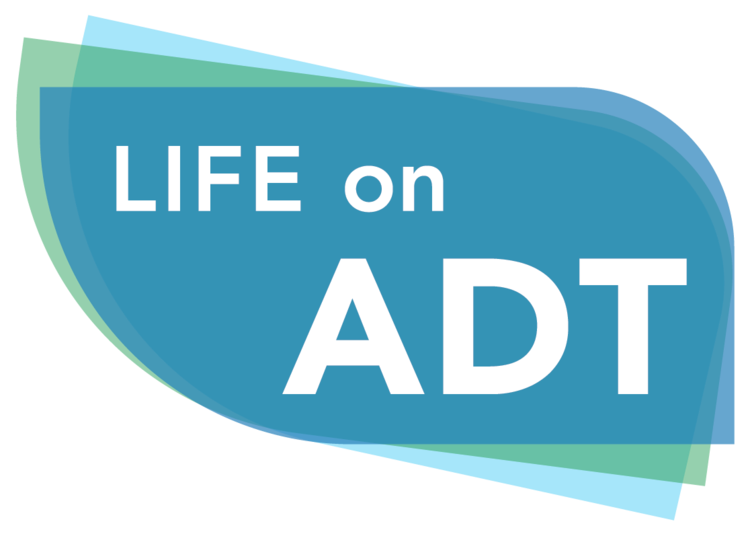There is no getting around the fact that ADT has a wealth of side effects, many of which are common in men as they get older … regardless of whether they are treated for prostate cancer or are on ADT. The risk of certain cardiovascular diseases and diabetes increases with age as does the risk of gaining weight as fat and losing muscle mass. ADT increases those risks.
Given the number and severity of ADT adverse effects it is not surprising that patients worry about whether any sign or symptom of a disease that they experience may in fact be due to being on ADT. We track Internet discussions among advanced prostate cancer patients and almost daily someone asks whether this or that symptom they are experiencing might be due to the fact that they're on ADT.
Against that background, we try to track every possible ADT side effect and examine the quality of the data to support it. We're not just interested in documenting all the adverse effects; we’re also interested in cases where ADT can be excluded from being a causal factor. There is now just that sort of report for open angle glaucoma (OAG).
Glaucoma is common disease due to increased pressure in the eye that can lead to blindness. Glaucoma comes in various forms, but the most common form is open angle glaucoma, and it is more common in people as they age. There is now a report out of Taiwan, which compared the incidents of OAG for 1791 prostate cancer patients on ADT match with 1791 patients not on ADT. The study also had a separate control group of 3582 men not diagnosed with prostate cancer nor on ADT.
The incidence of OAG was the same in the control group and the prostate cancer patients not receiving ADT. That means that prostate cancer itself neither elevates nor decreases the risk of OAG. However, the men receiving ADT showed a significantly lower risk of OAG compared to the two other groups.
This is good news, and it follows a somewhat similar study from Korea, which also showed a significantly lower incidence of OAG in Korean prostate cancer patients treated with ADT compared to patients not on the ADT.
It remains to be seen whether this positive association holds up for men of a non-Asian background.
References:
Yang, P. J., Lin, C. W., Lee, C. Y., Huang, J. Y., Hsieh, M. J., & Yang, S. F. (2023). The Use of Androgen Deprivation Therapy for Prostate Cancer Lead to Similar Rate of Following Open Angle Glaucoma: A Population-Based Cohort Study. Cancers, 15(11), 2915.
